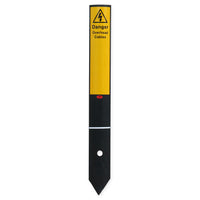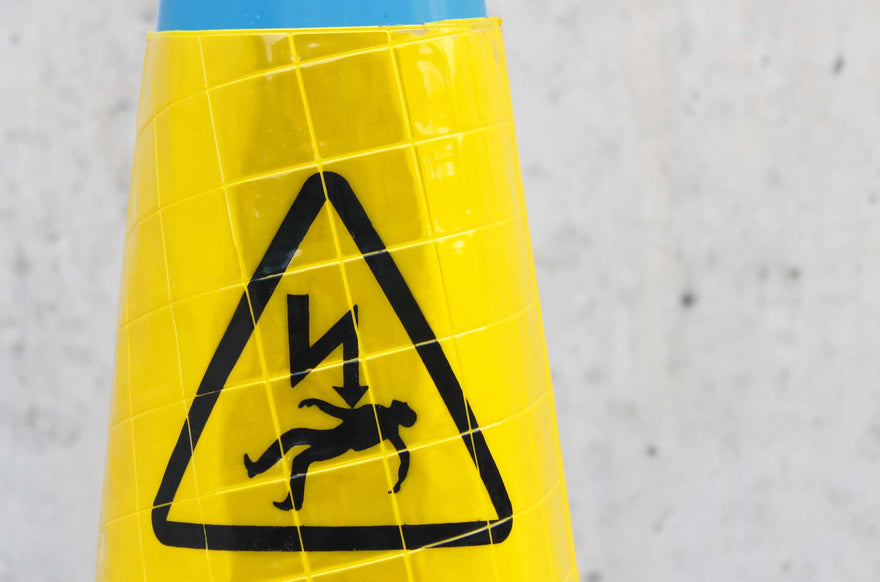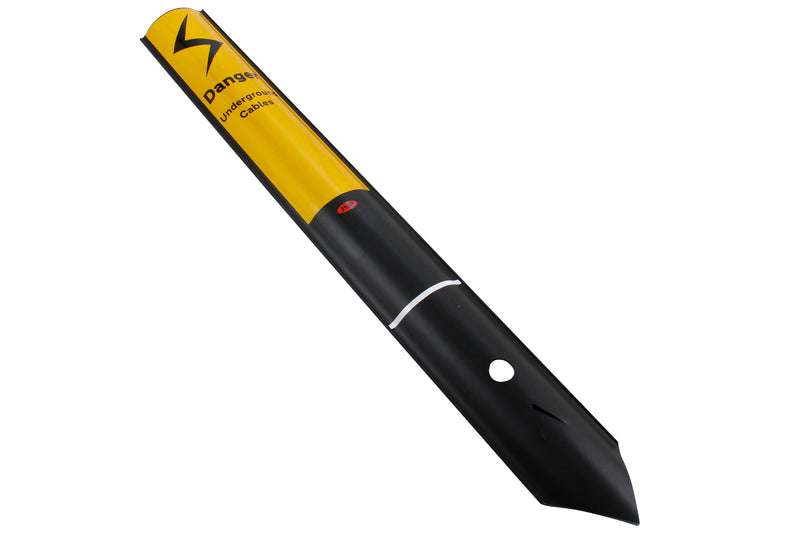What Makes A Good Cable Hazard Marker?
Before choosing the best cable marker for your use case, consider the following key factors:
We have now shipped our last orders for 2025. Any orders placed now will dispatch on the 5th of January. See here for more details.
Your basket is currently empty.

To ensure the safety of the operators of heavy equipment or even those simply wielding hand tools, it is essential to use proper cable marker signage. These come in a number of formats but are most commonly plastic posts that are inserted into the ground where cables are buried. They are part of a multi-layer defence against people accidentally digging in an area where there is a buried cable. Other options for cable marking signage include markers that carry an overhead power cable warning, often seen used in conjunction with GS6 Kits.
Read more


When working on sites close to live power cables, whether buried or overhead, markers must be used in order to warn other staff of their location. Even if the power is turned off and no current is supposed to be flowing through, it is important to mark them out in case they are turned back on again for whatever reason.
Powerline markers are essential when cables need to remain live while work is being conducted nearby. These markers and signs are life-saving tools, informing and alerting people to the presence of the live cables and indicating safe and unsafe areas for activities such as digging.
A “cable exclusion zone" is created by installing signs or posts around live cables. This restricted area contains live cables and entry, and work within this area is strictly prohibited to prevent accidents and ensure staff safety. When working in areas near cables, the use of insulated tools conforming with BS 8020 should be prioritised to reduce risks and maintain health and safety measures.





Before choosing the best cable marker for your use case, consider the following key factors:
Give our trained sales team a call on +44 (0)1905 794875, they will help you in choosing a suitable system for your needs and will also be happy to discuss discounts for bulk quantity requirements and special delivery need.
We have the full range shown above in stock on the shelf ready to ship out next day, we offer special delivery services and can even arrange same day delivery on many products.